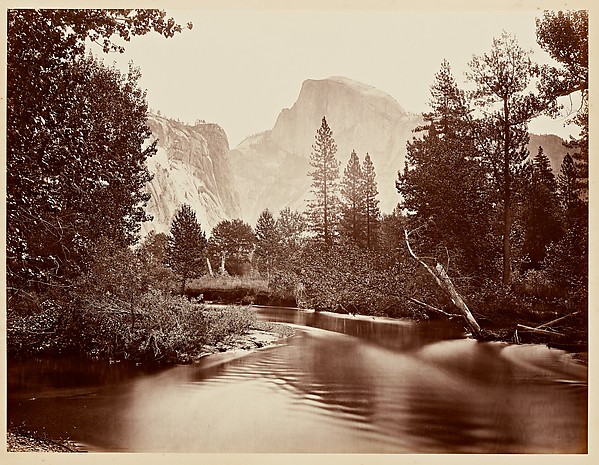Monday, September 11, 2017
Autochrome
In 1907, after shifting gears from a focus on motion pictures towards a focus on still images, Auguste and Louis Lumiere invented the Autochrome Lumiere, the first commercially successful color process. It used microscopic grains of potato that were dyed different colors which were then coated by glass. Some of the most famous autochrome artists include Jules Gervais-Courtellemont, Arnold Genthe, and Olive Edis, and an example of a contemporary Autochrome artist is Frédéric Mocellin. Below are some examples of Autochrome images.
Lewis Hine
Lewis Hine was a 20th century photographer who photographed child laborers. He used these photos for social reform by portraying these kids in very somber and gritty moods. Below are some of his photos. He used emotion and closeup views of pained faces to make a connection with the viewer in order to make a change.
Labels:
Artist Profiles
Carleton Watkins
Carleton Watkins was a 19th century photographer originally from New York who primarily worked in California. His photos were almost always of nature, particularly of valleys filled with trees. Some of his work can be found below. They show his contribution of alignment, symmetry, and asymmetry to photography.
Labels:
Artist Profiles
Thursday, September 7, 2017
Subscribe to:
Posts (Atom)













